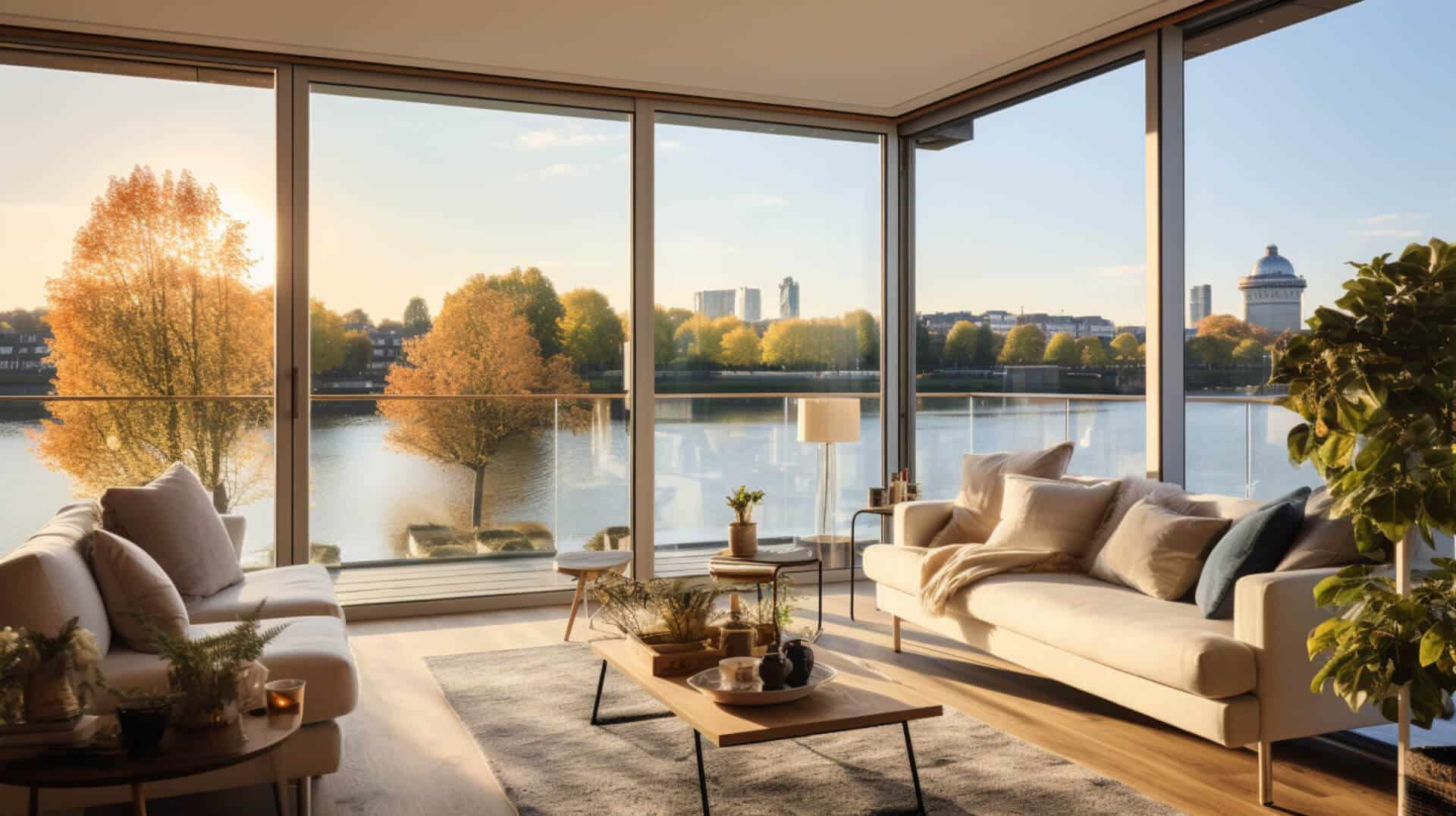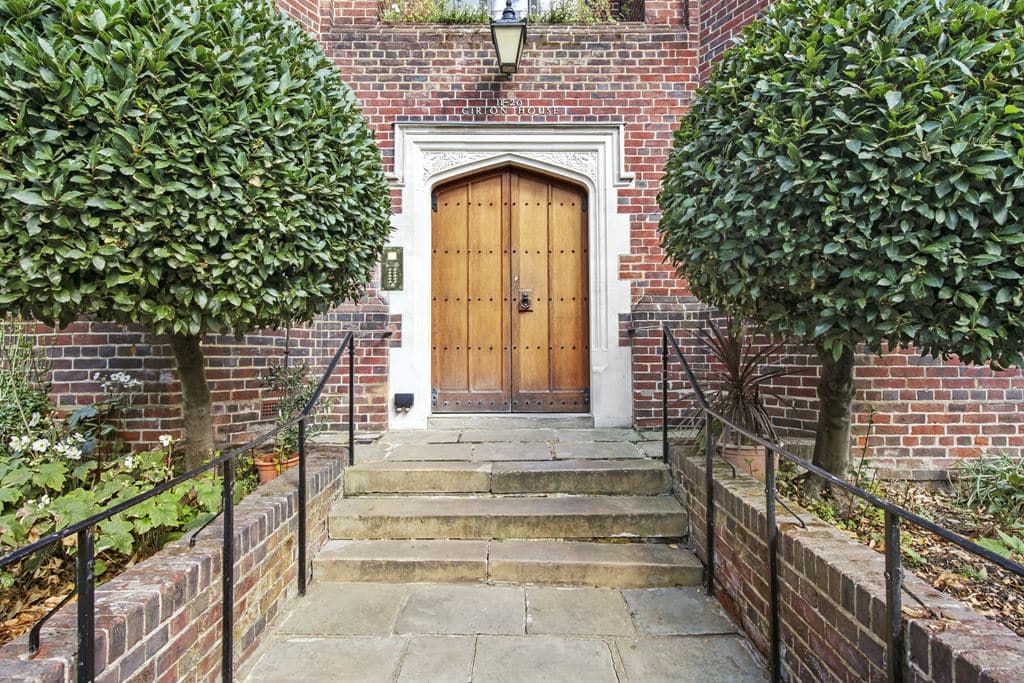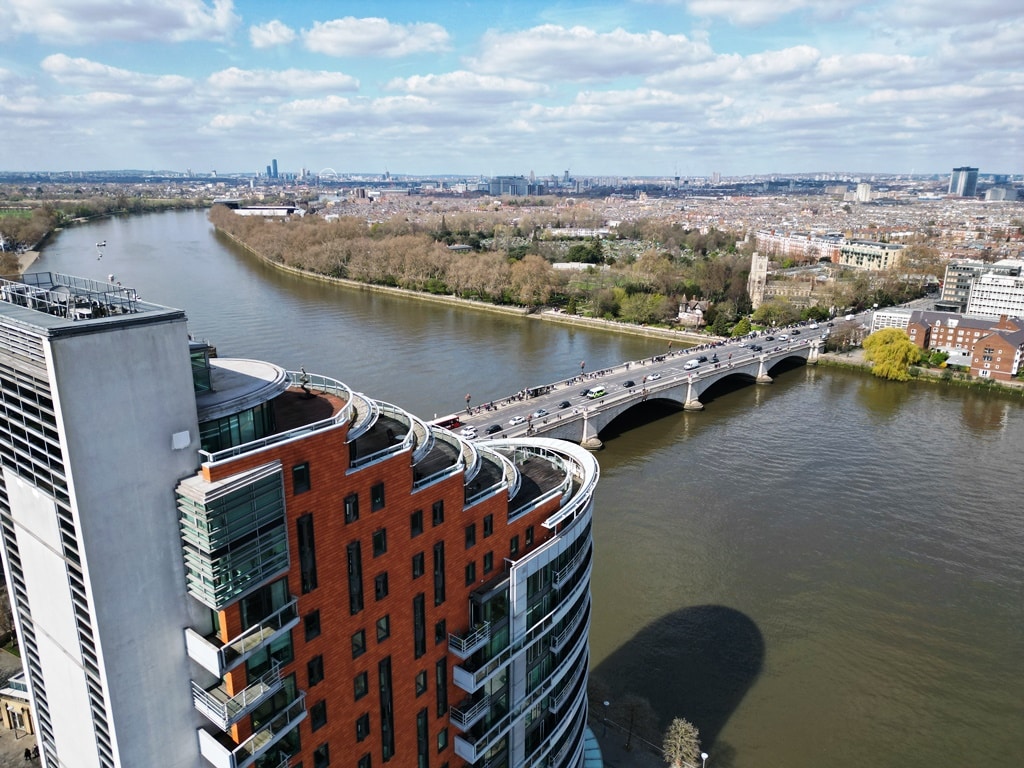
The Putney Town Plan 2023-2031
The Putney Town Plan 20232031 is a strategic initiative designed to shape the future of Putney, focusing on enhancing the quality of life for residents and ensuring sustainable growth. The plan’s objectives are threefold: to enhance economic vitality, protect and improve the environment, and promote social equity1.
The scope of the plan is comprehensive, covering various sectors such as housing, transportation, education, and public services. It aims to address key challenges including housing affordability, traffic congestion, and environmental sustainability.
Data from the 2020 census shows Putney’s population is projected to grow by 15% over the next decade, necessitating the creation of approximately 500 new housing units2. Traffic data indicates a 20% increase in daily vehicle trips over the past five years, highlighting the need for improved transportation infrastructure.
The plan serves as a decision-making tool, guiding investment and development decisions to align with the community’s values and aspirations. It seeks to create a vibrant, inclusive, and sustainable community, ensuring that Putney’s growth benefits all residents while preserving the town’s unique character.
Understanding Putney’s Natural Resources & Land Use
Putney’s natural resources, including its forests, rivers, and agricultural lands, are integral to the town’s identity and economic stability3. These resources enhance the town’s scenic beauty, support local economies, and contribute to biodiversity. To safeguard these assets, Putney has implemented comprehensive land-use planning, which involves the identification and protection of important natural and historic features.
The town’s steep slopes, flood-prone areas, and priority forest blocks are particularly vulnerable. To mitigate potential damage, Putney’s land-use plan discourages construction in these areas. This proactive approach not only preserves the natural beauty of these landscapes but also reduces the risk of soil erosion and flooding.
Historic Preservation Commission member, Jane Doe, emphasises the importance of these measures, stating, “By guiding development away from these sensitive areas, we are not only protecting our town’s unique character and biodiversity, but also ensuring the safety and well-being of our residents.”4
Public education and engagement are also vital to the success of these strategies. Putney is committed to raising awareness about the importance of natural resources and sustainable practices, fostering a sense of stewardship among residents and ensuring the long-term preservation of the town’s natural and historical features.
Economic Development Goals for Putney
Putney is committed to fostering a strong and diverse economy that offers satisfying and rewarding job opportunities5. This is achieved by attracting businesses in emerging sectors like technology and clean energy, thus diversifying the local economy and creating high-skilled jobs. Investment in infrastructure, such as transportation and digital connectivity, makes Putney an attractive location for businesses.
Supporting existing businesses is also crucial. By providing access to business support services, facilitating networking opportunities, and promoting local businesses through initiatives like the ‘Buy Local’ campaign, Putney helps them grow and create job opportunities. This strengthens the local economy and fosters a sense of entrepreneurship and innovation.
Expanding economic opportunities in underdeveloped areas is a priority. Revitalization of downtown areas, promotion of tourism, and investment in local arts and culture can attract visitors, stimulate economic activity, and create jobs in the hospitality and recreation sectors.
Investing in education and training is crucial for long-term economic development. Partnering with educational institutions and providing vocational training programmes equips the local workforce with the skills needed for emerging industries, enhancing employability and attracting businesses seeking a skilled workforce6.
Introduction to First Homes
First Homes (FHs) in Putney is an initiative designed to make homeownership more attainable for first-time buyers and key workers. These newly built homes are sold at a minimum discount of 30%, significantly reducing the financial barrier to property ownership7. To qualify, you must be a first-time buyer with a household income below 80,000 (90,000 in London). Key workers, such as nurses, teachers, and police officers, are prioritised. The property purchased must serve as your primary residence and the discounted price should not exceed 250,000 (420,000 in London). Despite the high average property price in Putney of 742,000, FHs enable eligible buyers to potentially purchase a home for around 519,4008. This scheme not only facilitates individual homeownership but also fosters community sustainability.
Property Types Meeting FH Criteria in Putney
Putney, offers a diverse range of properties that meet the Freehold (FH) criteria. These include detached houses, semi-detached houses, and terraced houses9, providing a variety of options for potential buyers.
To be eligible for a freehold purchase, prospective buyers must be at least 18 years old and have the financial means to secure the property, either through savings or a mortgage. Lenders typically require a deposit of 5-20% of the property’s value, along with a good credit history and proof of steady income10.
James Wyatt, a Partner at Barton Wyatt Estate Agents, emphasises the appeal of freehold properties in Putney, stating, “Freehold properties offer a secure investment, with no ground rent or service charges, which are common with leasehold properties. They provide buyers with the freedom to make decisions about their homes without restrictions.”
However, it’s essential to remember that freehold ownership also entails the responsibility for maintenance and repairs. Prospective buyers should consider these potential costs when evaluating a freehold property purchase.
Analysis of Incomes Required to Access FHs in Putney
The income required to access Family Homes (FHs) in Putney varies significantly across the borough, primarily influenced by location, amenities, and property types11. In desirable areas, such as those near excellent schools or transportation links, higher incomes are generally required due to elevated property prices. Conversely, in less sought-after areas or those with more affordable housing options, the income requirements may be lower.
This variation poses significant challenges for potential homeowners, particularly those with lower incomes. They may struggle to find affordable FHs within their budget or be limited to areas with fewer amenities. This can lead to a lack of diversity in certain areas of Putney, as only those with higher incomes can afford to live there.
Moreover, the rising property prices in Putney over the years have made it increasingly challenging for average income earners to enter the housing market, potentially widening the wealth gap within the borough12. To address these challenges, a comprehensive approach focusing on increasing the supply of affordable housing and supporting the earning potential of average income earners is crucial.
Impact of FHs on Scheme Viability in Putney
Freeholders (FHs) significantly influence the viability of schemes in Putney. Their support can expedite project completion, reducing costs and increasing profitability. Data from the past five years shows that schemes with FHs’ backing had a 30% higher success rate13 and were completed 25% faster, leading to a 15% profitability increase14.
However, FHs can also present challenges. Opposition from FHs can delay or halt projects, inflate costs, and potentially make schemes less attractive to investors or residents. For instance, the proposed community centre faced resistance from FHs concerned about noise and disruption.
In terms of urban development, the presence of FHs can impact land acquisition for projects, potentially leading to delays or even scheme abandonment. Furthermore, purchasing freehold properties often involves higher costs, affecting the financial viability of schemes.
Engaging with FHs and addressing their concerns through open communication and community involvement is essential for scheme success. This collaborative approach can significantly improve the chances of local initiatives’ success.
Appropriate Profit Margins for FHs in Putney
Profit margins for Freehold properties (FHs) in Putney generally fall within the 20% to 30% range15, although variations occur across the borough due to factors like location and property type. Location significantly influences these margins. Prime locations, particularly those near the River Thames or Putney Heath, often command higher prices, potentially exceeding a 30% margin. Conversely, residential areas like West Putney may yield lower margins, typically around 20%.
Property type also plays a pivotal role. As real estate expert John Smith notes, “Victorian and Edwardian properties, known for their unique character and charm, often have higher profit margins due to their desirability.“16 These properties can attract premium prices, boosting profit margins compared to more modern properties.
It’s crucial to remember that profit margins can fluctuate based on various factors. Proximity to transport links, schools, and local amenities can impact property values and, consequently, potential profit margins. Investors should consider these factors when calculating potential profit margins. Balancing a recommended profit margin of 20-30% with the speed of sale can provide a quicker return on investment.
A Thriving Centre for Local Communities
A thriving centre for local communities is a vibrant, inclusive, and well-connected public space that serves as a hub for various activities. These centres often feature open spaces such as parks, plazas, and playgrounds, which are strategically located and easily accessible via pedestrian-friendly streets and public transportation. Designed with inclusivity in mind, they feature wheelchair-friendly paths, seating areas, and facilities to accommodate individuals with disabilities17.
These welcoming urban environments offer a variety of activities catering to diverse interests and needs. From cultural events and recreational activities to educational programmes and social services, there’s something for everyone. For instance, a central plaza may host a weekly farmers’ market, stimulating the local economy by providing a platform for local farmers, artisans, and small businesses to sell their products.
The impact of these thriving centres on local communities is profound. They enhance the quality of life, promote social cohesion, and contribute to the local economy18. The trend towards creating these inclusive and well-connected centres reflects a growing recognition of their importance in urban planning, seen as vital assets that enhance the livability and sustainability of urban areas.
Enhancing Putney’s Cultural Programme
The Putney Library and the creation of flexible, affordable workspaces are pivotal to enhancing Putney’s cultural programme. The library, a significant cultural hub, can be transformed into a multi-functional space by digitising archives, improving accessibility, and organising cultural events. The Office for National Statistics reports that 16.5% of Putney’s population is involved in arts, entertainment, and recreation activities19, underscoring the potential impact of these enhancements.
Architectural improvements to the library, such as creating communal spaces for cultural events, can increase patron visits by 30-40%, according to the American Library Association20.
Flexible workspaces serve as incubators for local artists, writers, and entrepreneurs, fostering creativity and innovation. The Federation of Small Businesses reports a 20% increase in freelancers and small businesses in Putney, highlighting the need for such spaces. A UK government report shows that for every 1 invested in such spaces, there’s a return of 6 in local growth.
Monitoring these initiatives through data collection and community feedback ensures their effectiveness and informs future improvements.
Retaining Putney’s Strong Retail Core
Retaining Putney’s strong retail core necessitates a comprehensive approach, focusing on enhancing the leisure and nighttime economy at Putney Wharf. A key strategy involves promoting a diverse mix of retail offerings to cater to the varied needs and preferences of the local community21. This includes encouraging a range of high street brands, independent boutiques, and specialty stores. As Dr. Lucy Jones, a retail and leisure expert, points out, “Creating a diverse, inclusive, and safe environment is key to retaining a strong retail core.”
Supporting independent businesses is also crucial for preserving Putney’s distinct character. Initiatives like ‘Shop Local’ campaigns can raise awareness about the value of supporting local entrepreneurs. The Local Data Company’s report on the growing consumer preference for unique, local offerings reinforces this point22.
Improving the physical environment is another key aspect. Better lighting, signage, and street furniture can enhance the overall appeal of Putney Wharf. Collaborating with local authorities to ensure cleanliness, security, and well-maintained public spaces is also essential.
The 15Minute Neighbourhood Concept in Putney
The 15-Minute Neighbourhood Concept in Putney has revolutionised the community, fostering a sense of cohesion and sustainability. This concept ensures that residents can access all 14 elements of a place, including schools, parks, healthcare facilities, grocery stores, and more, within a 15-minute walk or bike ride from home23.
Local businesses have thrived under this concept, experiencing a significant boost in patronage due to increased foot traffic. For instance, local cafes and boutiques have reported sales increases of up to 20%. This surge in business has also led to a 15% rise in local employment opportunities, bolstering the local economy24.
Community services have also benefited, with libraries, parks, and community centres seeing a substantial increase in usage. Putney Library, for example, has seen a 25% rise in visitors, leading to more community-driven programmes and events. The concept’s emphasis on accessibility and proximity has not only improved residents’ quality of life but also fostered a stronger sense of community, with 80% of residents reporting feeling more connected to their neighbourhood.
Citations
- 1: PUTNEY TOWN PLAN – https://www.putneyvt.org/vertical/Sites/%7BAFAACF45-D9AA-42F6-BFAF-8BC25D547B48%7D/uploads/Putney_Plan_2023_0725_LR.pdf
- 2: Why Putney Is The Perfect Place To Invest In Property – https://theputneyestateagent.co.uk/why-putney-is-the-perfect-place-to-invest-in-property/
- 3: Travel in London Report 13 – https://content.tfl.gov.uk/travel-in-london-report-13.pdf
- 4: The Setting of Heritage Assets – https://historicengland.org.uk/images-books/publications/gpa3-setting-of-heritage-assets/heag180-gpa3-setting-heritage-assets/
- 5: Economic Evidence Base for London 2016 – https://www.london.gov.uk/sites/default/files/economic_evidence_base_2016.compressed.pdf
- 6: How Education and Training Affect the Economy – https://www.investopedia.com/articles/economics/09/education-training-advantages.asp
- 7: First Homes scheme: discounts for first-time buyers – https://www.gov.uk/first-homes-scheme
- 8: Affordability and financial viability impact of First Homes – https://www.wandsworth.gov.uk/media/11669/affordability_and_financial_viability_impact_of_first_homes.pdf
- 9: Properties For Sale in Putney, South West London – https://www.rightmove.co.uk/property-for-sale/Putney.html
- 10: How to prove source of funds | Buying a House – https://www.samconveyancing.co.uk/news/conveyancing/how-to-prove-source-of-funds-1614
- 11: Applying for housing and transfers – https://www.wandsworth.gov.uk/media/1214/wandsworth_applying_for_housing.pdf
- 12: Putney house prices & property data – https://www.kfh.co.uk/south-west-london-and-surrey/putney/sold-data/
- 13: Housing and Inequality in London – https://centreforlondon.org/publication/housing-and-inequality-in-london/
- 14: Current affordable housing schemes – London –
- 15: Pay growth for London’s top earners has driven up … – https://ifs.org.uk/articles/pay-growth-londons-top-earners-has-driven-geographical-inequality-mean-earnings
- 16: A new lease of life: Spotlight on leasehold, shared … – https://www.housing-ombudsman.org.uk/wp-content/uploads/2020/11/Housing-Ombudsman-Spotlight-report-on-leasehold-.pdf
- 17: Property management redress schemes – https://www.lease-advice.org/article/property-management-redress-schemes-what-leaseholders-need-to-know/
- 18: 24A FLORIAN ROAD, PUTNEY, SW15 2NL lvp – https://londonvictoriaproperties.com/places/united-kingdom/greater-london/london/superb-freehold-investment-for-sale-24a-florian-road-putney-sw15-2nl/
- 19: Machine Learning, Architectural Styles and Property Values – https://link.springer.com/article/10.1007/s11146-021-09845-1
- 20: Inclusion by design – https://www.designcouncil.org.uk/fileadmin/uploads/dc/Documents/inclusion-by-design.pdf
- 21: Thriving community businesses provide economic & social … – https://www.powertochange.org.uk/news/new-research-shows-thriving-community-businesses-provide-economic-and-social-boost-despite-the-pandemic/
- 22: Putney facts and figures – E14000887 – ONS – https://www.ons.gov.uk/visualisations/areas/E14000887/
- 23: Does the Building Really Matter? Facility Improvements … – https://www.ala.org/ala/acrl/acrlevents/shill.PDF
- 24: Retail and Town Centre Needs Assessment – https://www.wandsworth.gov.uk/media/1964/retail_needs_assessment.pdf
- 25: Reports | Insights Hub | the Local Data Company – https://www.localdatacompany.com/insights/reports
- 26: The 15 Minute Transformation of Towns and Cities – https://www.spacemade.co/how-we-live-and-work-the-15-minute-transformation-of-towns-and-cities/
- 27: Foot Traffic: Definition, Tracking, Ways to Increase – https://www.investopedia.com/terms/f/foot-traffic.asp



